Primary Charging Roller/PCR:
A rubber roller made of a metal mandrel, foam conductive rubber, and an insulated plastic sheath. Both ends of the shaft are embedded in the conductive seat Conduct Saddle, and the charging roller is tightly pressed against the surface of the OPC drum by a spring. The surface of the OPC drum can be charged at a certain voltage. If the surface of the charging roller is abraded and scratched by foreign matter, it may cause uneven charging on the surface of the OPC drum, even short circuits, and the print quality may decline. It must be repaired or replaced.

Developer Roller:
The function of the developing roller is to adsorb toner, charge it, and transmit it to the surface of the OPC drum to produce a visible image. As single component toner can also be divided into magnetic powder and non magnetic powder, the development roller can also be divided into magnetic roller and conductive roller.
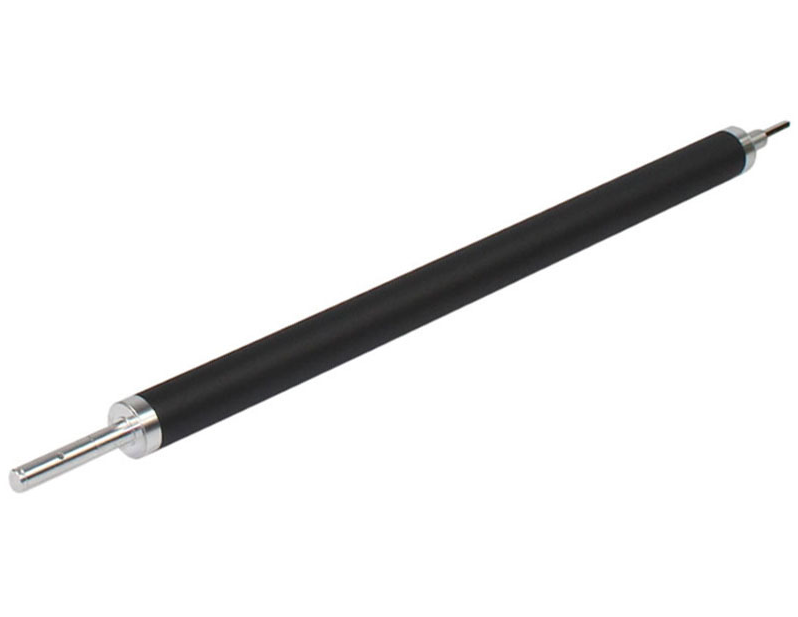
Upper Fuser Roller/Fuser Roller/Heating Roller/Heat Roller/Upper Fuser Roller:
The toner image transferred to paper must be heated to soften and fix the resin in the toner. The fixing roller is a hollow metal tube coated with "Teflon" plastic on the outside, and 1-2 fixing lamps are installed inside the tube. Because the fixing roller is always placed on top, it is also called the upper roller.
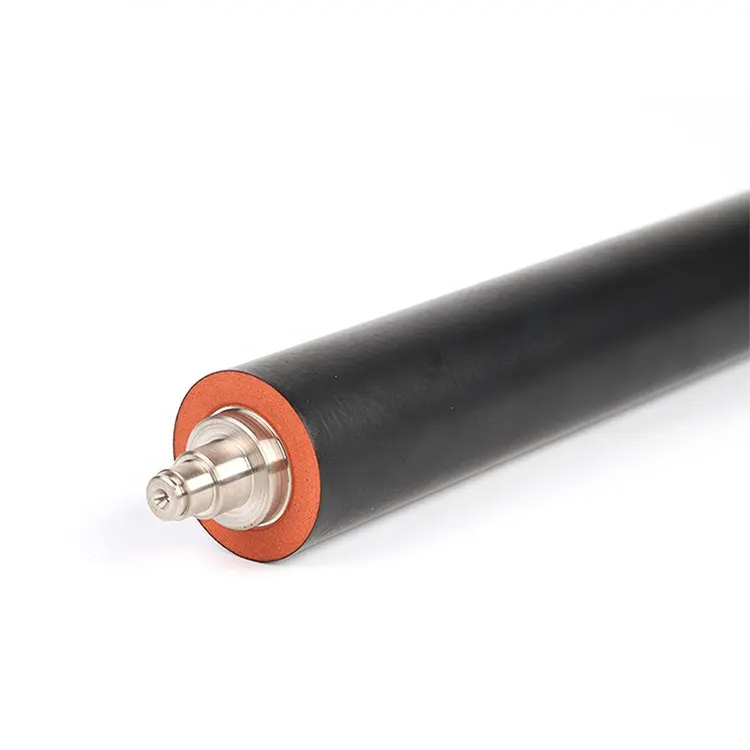
Low Fuser Roller/Pressure Roller:
The lower fixing roller corresponds to the upper fixing roller. The lower fixing roller is mostly a solid roller. (Unless the lower fixing roller is also made into a hollow tube in a high-speed printer, and there is also a fixing lamp inside the tube.) It is wrapped with a thick layer of silicon rubber to equalize the pressure, so it is also called a pressing roller. When the toner on the paper passes through the upper and lower fixing rollers, it can be easily fixed to the paper by pressing the ribbon. For double-sided printing, in order not to stain the back, a layer of fluorine jacket is applied outside the silicone rubber to prevent the fixed toner from sticking to the lower roller. With the increasing printing speed, there are higher requirements for the softness, hardness, resilience, thermal conductivity, and adhesion between the lower roller silicone rubber and the fluorine sleeve.
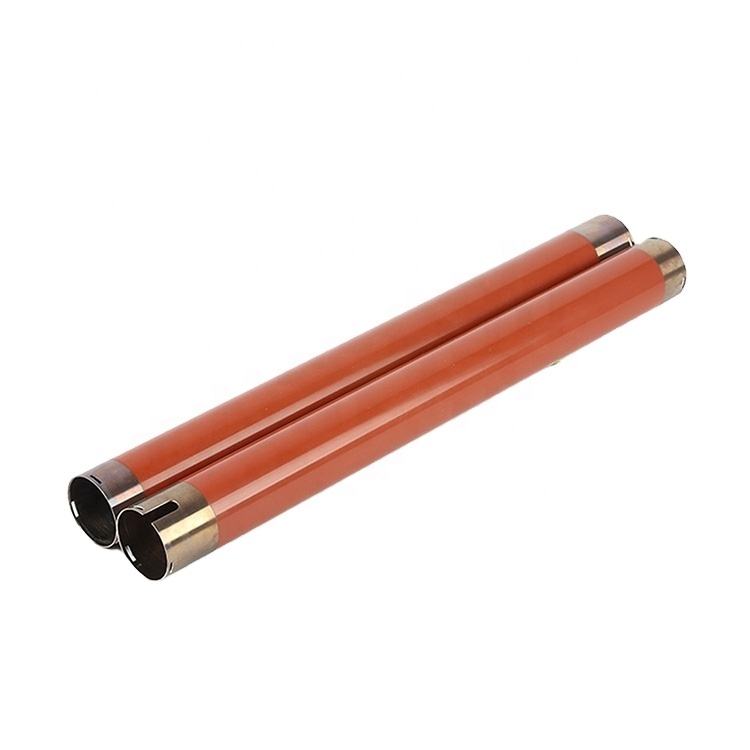
Fuser Bearing For Heat Roller:
In order to prevent the upper fixing roller from "holding the shaft" due to thermal expansion, in addition to adding a Fuser Sleeve to the roller end, standard extra light series ball bearings are used outside.
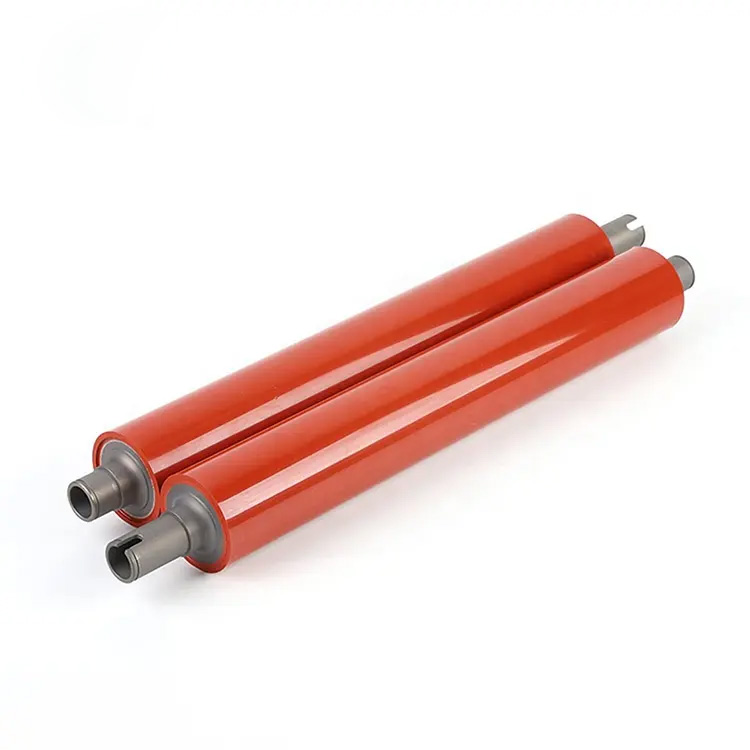
Bushing For Pressure Roller:
The pressure roller does not generate heat and can be reduced in volume by using a sliding shaft sleeve.
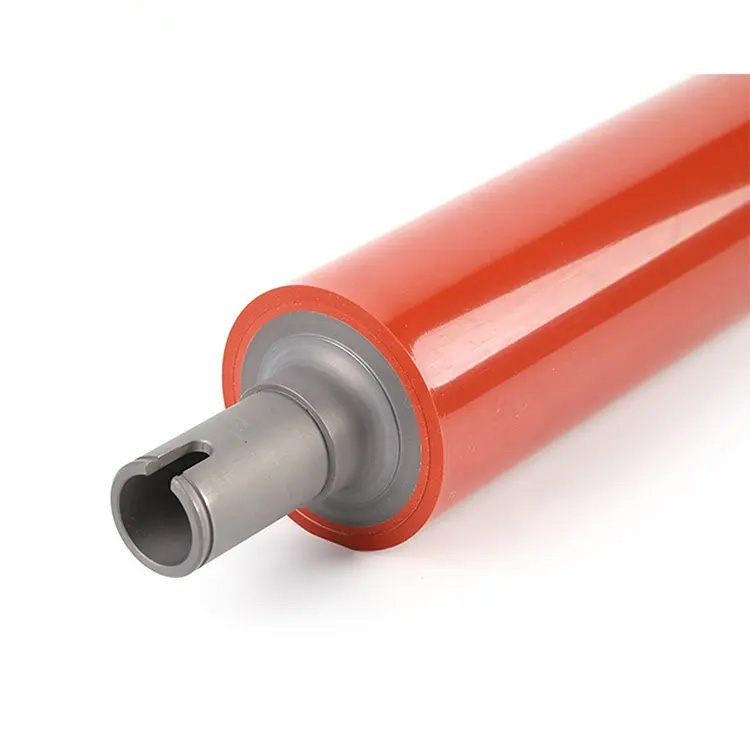
Fuser Film Sleeve:
The printers are powered on all day, especially the all-in-one machine, which is working 24 hours a day. If you use a fixing roller, it has a large thermal inertia, consumes a lot of electricity, and the heat in the machine is not easy to dissipate. To reduce warm-up standby time and achieve zero startup, extremely thin (60 to 80 μ m) Heat resistant plastic sleeve replaces the fixing roller. The fixing film is multi-layer, with a surface that does not adhere to powder, conducting electricity, and conducting heat.











